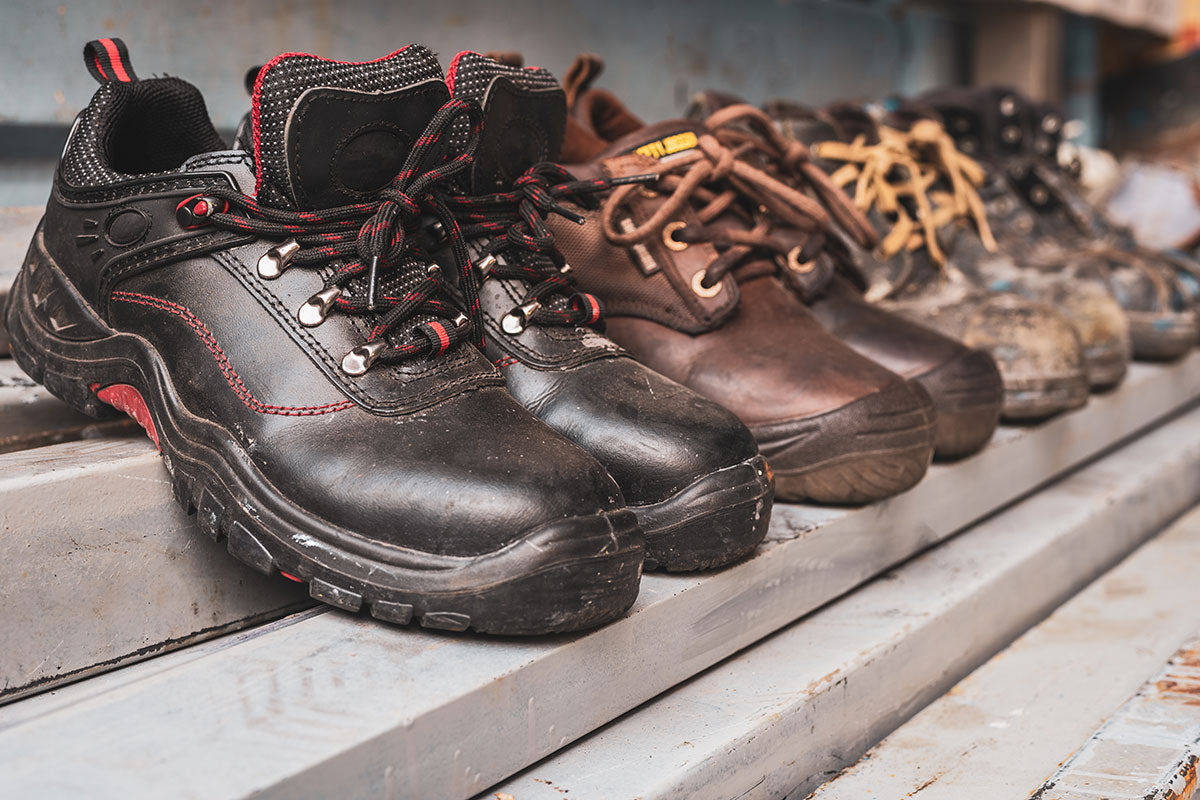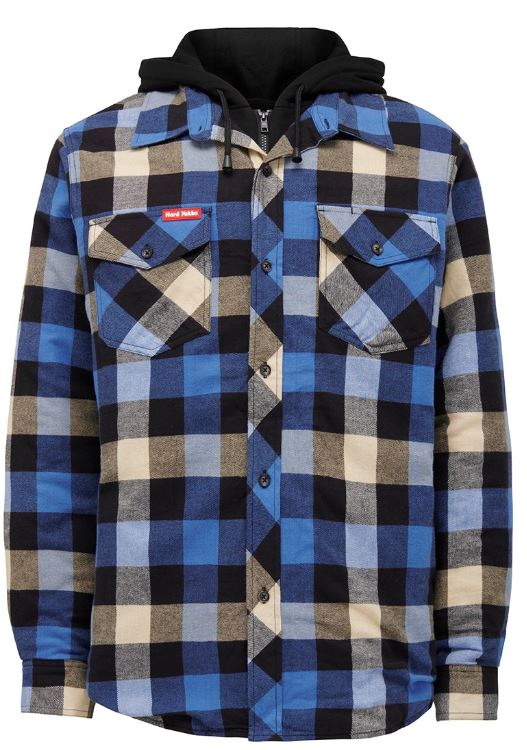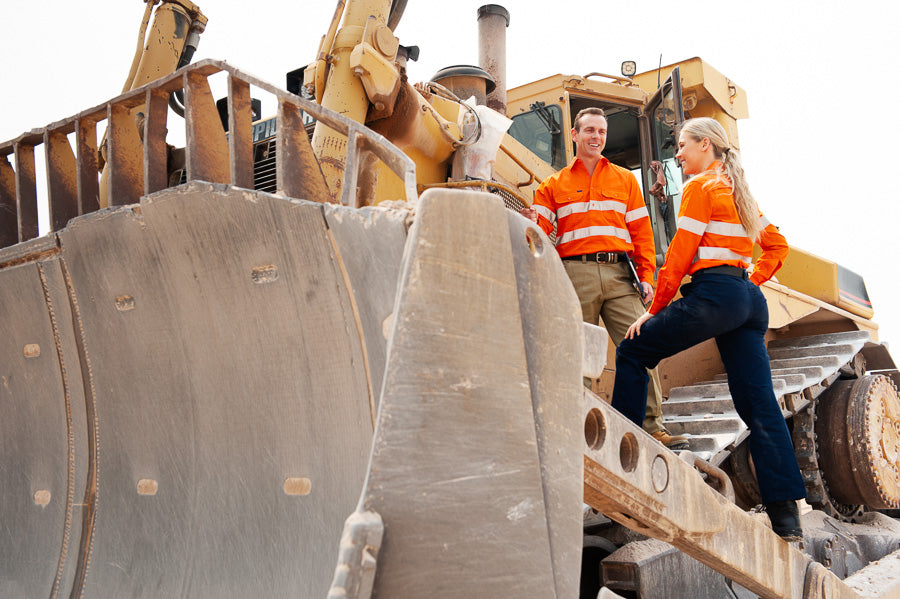The most common question where hear from our customer is “what is the difference between a composite toe boot and a steel toe boot?” Hopefully, this short article will help our customers to make a well informed decision when purchasing their next pair of safety boot.
The steel toe has been on the market for many years, making this one of the most well-known styles and a popular choice amongst our customers. Our steel cap boots are some of the toughest on the market as they are capable of resisting a drop force of 200J, 15kN of rolling objects, nail gun punctures and power saw cuts! Whilst they can be considered a “heavier” boot than the composite toe, they are often mandatory on worksites due to their ability to withstand significant force.
The composite toe is essentially the “new kid on the block” with its non-metallic technology, these boots are up to 40% lighter than a steel toe. One of the biggest mis-conception we hear about composite toe boots is that they do not meet Australian Standards therefore they cannot be worn on a worksite… Well, we can confirm this is incorrect!! A composite toe does comply with AS/NZS 2210.3 and also has many other benefits such as:
- Composite toe caps rebound after any vertical or roll compression
- They are airport friendly which means they are perfect for FIFO workers
- Superior electrical resistance for those working around live wires
- Rust resistant and insulated against the heat and cold – meaning your toes stay cool all year round!
As with our steel cap boots, they prevent injuries from failing objects at a drop force of 200J and are well suited to any worksite where there is a risk of falling or rolling objects.




